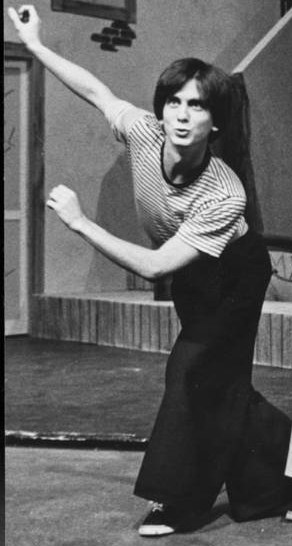Esther Williams
 |
| 1921-2013 |
 |
| "Beware. Curves ahead." |
She is, or rather was, one of the last remaining stars of the Golden Age of MGM Musicals. With the possible exception of skating star Sonja Henie, the stardom of Williams was the most oddball of all musical careers at the time.
 |
| Whether or not Esther invented synchronized swimming, she certainly brought it into the mainstream. |
 |
| Esther's stardom proved to little girls that they could be athletes and still remain feminine. |
 |
| Billy Rose's Aquacade was one of the impresario's huge entertainment spectacles. |
 |
| That open-mouthed smile, underwater, was a little freaky. |
 |
| Williams with two other MGM stars. |
The absurdity of building lavish musicals around synchronized swimming (she is sometimes given credit for actually inventing it) was not lost on our gal, but she had an engaging personality which came through on camera, and her killer body dressed in skintight onesies didn't hurt at the box office.
 |
| When Fernando Lamas asked Esther to stay home with the kids, she did. |
But by the time heartthrob Fernando Lamas proposed marriage, she was pretty much finished at the cineplex. That third life of hers was spent as a stay-at-home wife to the famous Latin lover.
 |
| Latin film star Fernando Lamaz fathered this dude, but alas, our Esther was only his stepmother. Lorenzo Lamas's mother was Arlene Dahl. |
Oh, and here's a fun fact which slays me. After husband Fernando Lamas died, Williams crept back into public life. She lent her name to a line of swimwear and was a commentator for the 1984 Olympics in Los Angeles. But her most surprising act was one of refusal; in 1972, she turned down the chance to revive her acting career in a big budget studio film which required a middle-aged woman who could swim. Her role went elsewhere:
 |
| In the allstar disaster epic The Poseidon Adventure, Shelley Winters took the role turned down by Esther Williams, and won an Oscar nomination. |
Oh, and how does Esther Williams connect with funny lady Fannie Brice? Follow this if you can. Impresario Billy Rose was married to Brice for a time, while sleeping with his swimming star Eleanor Holm. Holm would later become his second wife, after his divorce from Brice. Our Esther replaced Holm in Rose's big show. And Fannie Brice famously described Esther thus: "Wet, she's a star. Dry, she ain't."  |
| Nobody much liked the chemistry between Streisand and James Caan in Funny Lady. But Esther Williams and Johnny Weismuller? Hubba hubba. Or rather; glub glub. |












































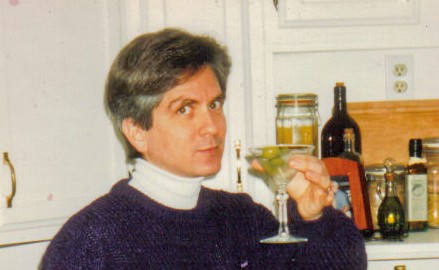






























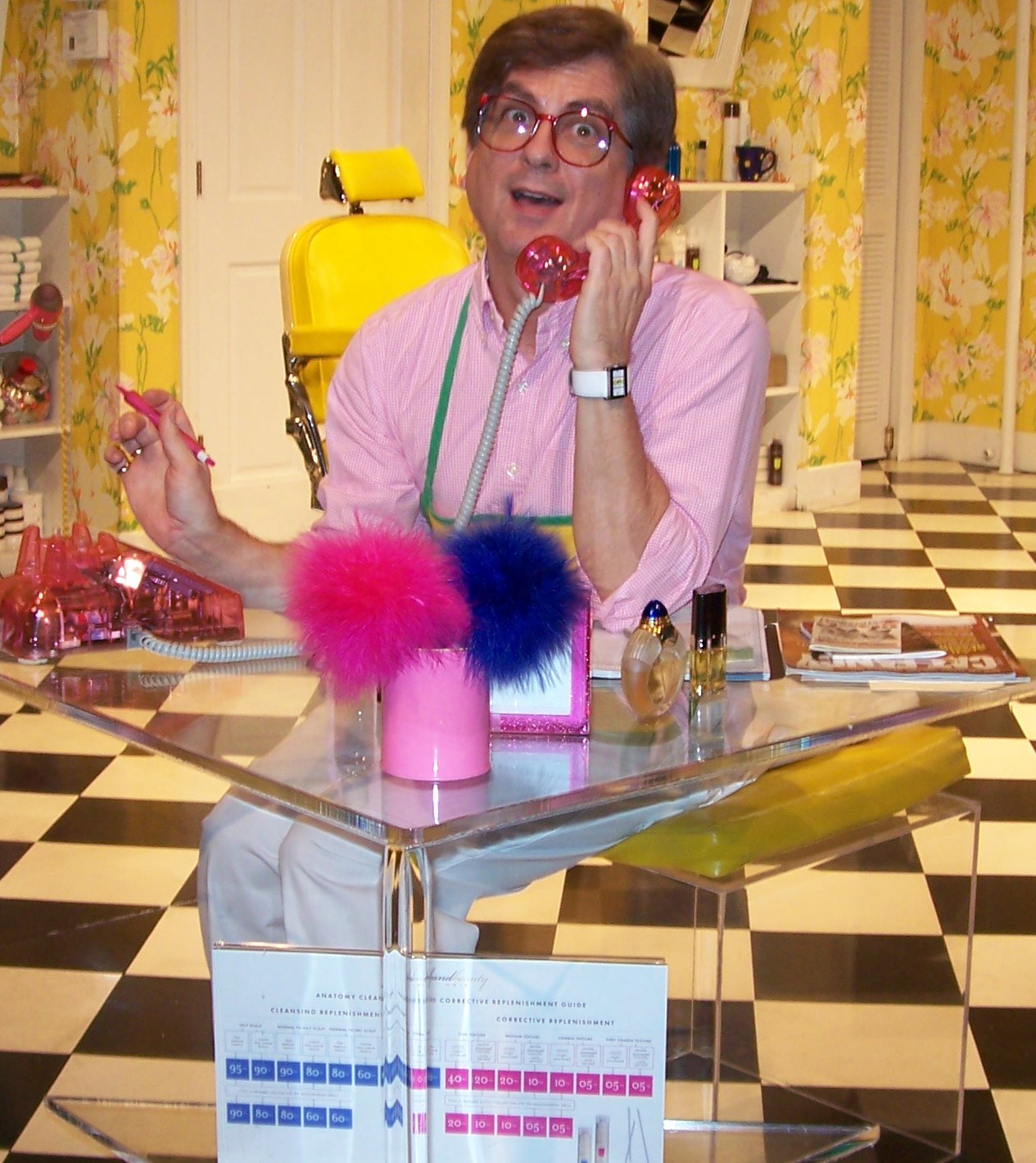

,+Olney+Theatre+Center,+2004.jpg)



,+Shakespeare+Theatre+Company,.jpg)


,+Warehouse+Theatre,+1999.jpg)
,+Are.jpg)
,+Everyman+Theatre,2002.jpg)
,+First+Nationa.jpg)
,+Shakespeare+Theatre+Company,.jpg)


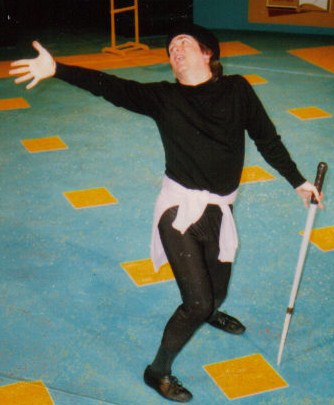
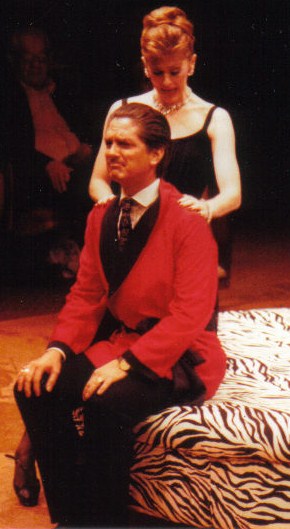


,+Granada+Th.jpg)
,+Globe+Playhouse,.jpg)
,+CSUN,+1976.jpg)
